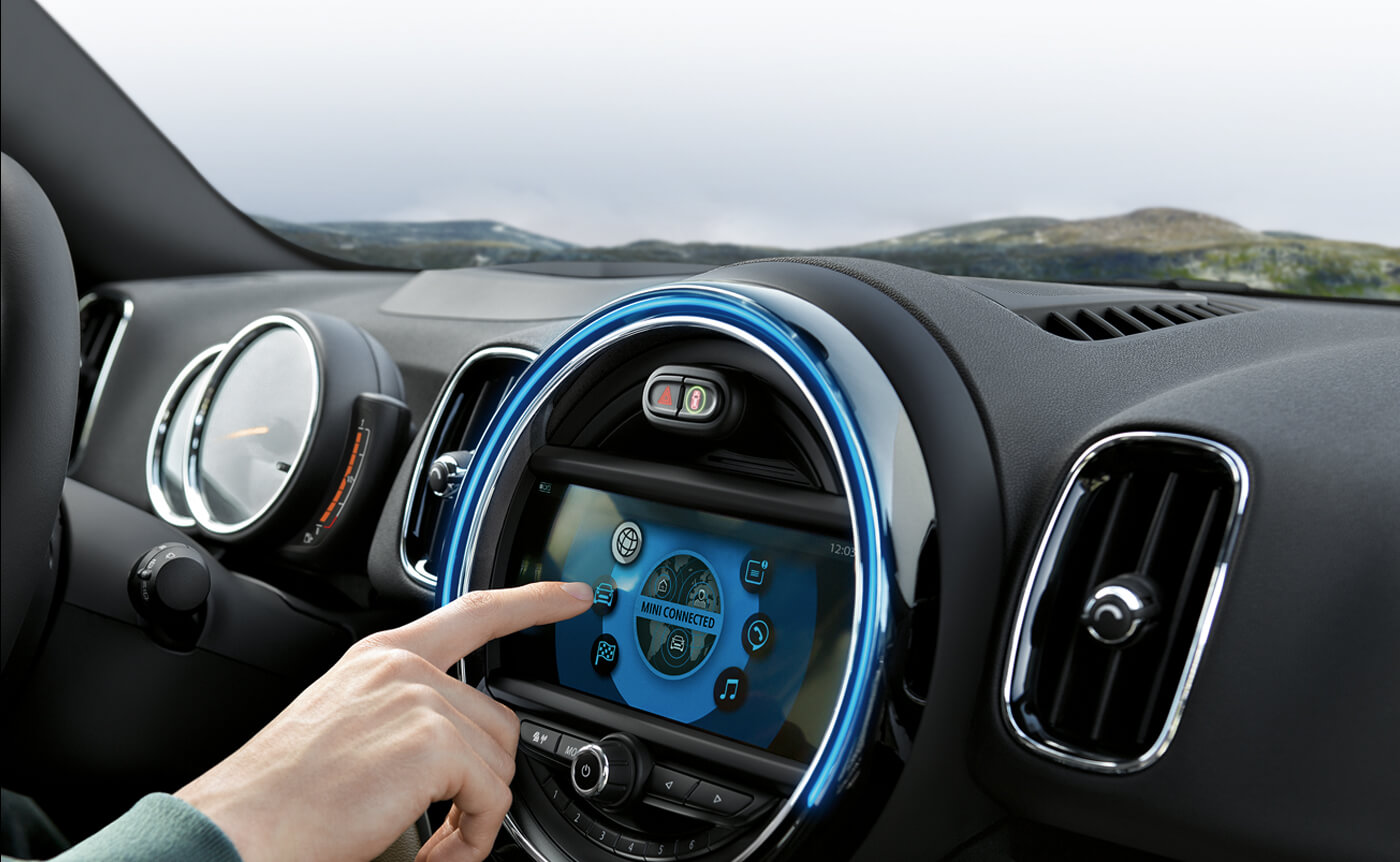
If you are looking for a discreet car camera to monitor your vehicle, you may be wondering what to look for. There are some things you should keep in mind, whether you need a spy camera for your spouse to catch her cheating or to prevent theft. This article will explain the differences in price, Field of View, Wi-Fi connectivity, and other factors that can help you make a decision. The use of a discreet camera in your car has many benefits.
Distinctive car cameras
There are many types of car cameras available. For instance, the brake camera includes a camera which also functions as a light. Backup cameras use a combination if LEDs to illuminate its lens. These cameras are mounted low on cars, making it difficult to see from the front. A backup camera may be the best option if you are involved in an accident and need to see the evidence.

Price points
There are many factors to consider when purchasing a carcamera. Some cameras are discreet and can be used as rearview mirrors or driver assistance systems. Others, although more expensive, provide very little visible information. Some even disappear. Although they aren’t perfect, these cameras offer a great way of protecting your vehicle and its passengers. These are the most common types of car cameras.
Field of view
Although there are many different types of car cameras available, none of them offer the same level or security. Some are small, others are large enough that they can be hidden inside a car's interior. You can use a car camera to record road traffic, observe what's behind and detect criminal activity. An important aspect of a discreet cam is the field of vision.
Wi-Fi connectivity
Wi-Fi connectivity is a great way for adding additional features to a dashcam, such as GPS location, time, day and more. There are downsides to this. Many dash cameras do not have Wi-Fi connectivity built in and require that users purchase an additional SIM card. This could cause drivers to pay more for unlimited data plans, which many cannot afford.

Recording quality
While discrete cameras can be better than others in terms of recording quality, they are not always superior to other options. While there are many models with high-quality video, a dash cam's video quality depends on the resolution, frame rate, and embedded audio. The camera's video quality may be compromised by exposure to direct sunlight or temperature fluctuations. Many dash cameras require a memory stick to store their footage. Some cards don't even accept micro-SD card.
FAQ
How long does an apprenticeship in automotive mechanics last?
It takes approximately three years to complete an automotive mechanic apprenticeship. This includes two year at school as well as two years as an apprenticeship. The first year is spent learning all aspects of the trade, including theory, practical skills, and safety procedures. You'll also learn how tools can be used safely and efficiently during this year. After completing the first year, you'll then spend another year on-the-job training where you'll gain experience in different areas of the trade. These are also the times you can attend formal courses.
The final year of the program is spent gaining qualifications and becoming certified in the field. These include NVQs, which are obtained after passing industry-specific exams. There are also HNCs (Higher National Certificates), which cover general subjects like management, business administration, customer service, and more. City & Guilds certificates can be obtained for individuals who want to learn certain trades.
What qualifications do you need to be a mechanic?
A series of tests is required to be a mechanic. These include:
-
A general knowledge exam
-
A practical exam
-
An apprenticeship test
These tests are designed to ensure that you understand the basic concepts of mechanical engineering and physics before you start working as a mechanic.
You'll be eligible for work as a mechanic after you have passed the tests. You'll still need an apprenticeship. This will involve trade training.
To be able to repair vehicles, you'll need classes or workshops. You'll also have to work alongside experienced mechanics.
A mechanic must be highly focused and attentive to detail in order to succeed. Repairs to vehicles require you to pay attention to every detail.
To be a successful mechanic, patience and perseverance are essential. If you don’t love to follow instructions, this may not the right career path.
You could make a great career out of your love for cars and the work that goes into fixing them.
What length of an automotive course is it?
A course in automotive lasts three years.
The first year is spent learning about cars and theory. The second year will be spent in practical training. Here you will learn how fix engines, drive and other mechanic jobs. The final year includes a placement at an auto shop. This gives you real-world experience fixing real problems.
Is it easy to get a job as an automotive mechanic?
Yes, it can be very easy. Garages often advertise their jobs online and people just apply because it seems fun. To get your foot in front of the door, try applying for a few positions to see if any accept student applications. Ask your friends and family to recommend anyone in the field. They might be happy to recommend someone.
Do I need to have a degree to work as an automotive mechanic? Do I have to study part-time?
Although it's not mandatory, a degree can help. Employers prefer candidates who have completed a full degree. It shows you are dedicated and have worked hard to achieve your goals.
You can still study while working, however. Some universities let students complete their coursework in the summer and then continue their studies during the school year. Other universities permit students to take classes part-time during the school year.
Statistics
- There were 749,900 jobs available for automotive service technicians and mechanics in 2016, which is expected to grow by six percent through 2026. (jobhero.com)
- According to the BLS, the median annual salary for automotive service technicians and mechanics in the United States was $44,050 in May 2020. (uti.edu)
- According to the BLS, total auto technician employment is expected to exceed 705,000 by 2030. (uti.edu)
External Links
How To
How to correctly diagnose your vehicle for repairs
The symptoms of your vehicle are the first thing you need to look at in order to determine whether it is in dire need of repairs. You can then follow these steps for a proper diagnosis of your vehicle.
-
Check engine lights. The dashboard light indicators, including the engine light, oil pressure gauge, battery light indicator, coolant temperature gauge and RPM gauge, should be checked. If they have been flashing for more days than usual, it could be a sign that something is wrong with the vehicle.
-
Check the treads of your tires. Tires with worn treads could cause problems when handling or braking. Also, inspect the treads of your wheels. You should ensure that they are clean and smooth. This can be done by removing the wheels from the vehicle and taking them off. You can check the tread wear with a flashlight.
-
Monitor the level and consistency of your brake fluid. You must keep track on the level of brake fluid in your vehicle. This will ensure that your brakes run smoothly. Your brakes may fail if the brake fluid level drops.
-
The suspension system should be tested. Most vehicles have a suspension system that absorbs shocks and vibrations. It allows for better control, smooth acceleration, and deceleration. A suspension problem can cause your vehicle to feel wobbly and shake uncontrollably. To test whether your vehicle has a suspension issue, try putting weight on the front or rear axle and observe the movement.
-
Examine the steering column. The steering column is used to link the steering wheel with the rest of vehicle's components. Sometimes, steering columns are damaged by accidents. You should replace your steering column if it feels loose or unstable.
-
Observe the exhaust pipes. The exhaust pipes transport gases from the combustion chamber to outside. You can let harmful fumes into your home if your exhaust pipes crack or leak. Also, if your tailpipe is bent, you should fix it immediately.
-
Look under the hood. Check under your hood for any unusual or missing components. Fluids could be leaking from your engine. Also, professional technicians should be called if you detect an unusual smell coming out of your engine compartment.
-
It is important to inspect the air filter. The air filter in your vehicle collects dirt and dust from the environment. Dirty air filters can cause your vehicle to run poorly. Replace your air filter regularly.
-
Check the fan belt. The fan belt is the link between the engine and the transmission. If the fan belt is damaged, the engine won’t turn. The process of replacing the belt is straightforward. You only need a screwdriver or pliers to replace your belt.
-
Make sure you inspect the radiator hoses and hoses. The radiator hose carries water from the radiator to the engine. It can become cracked or damaged and leak hot liquid onto your engine. Repairing the hose is easy with a pair of needlenose pliers or a small wire brush.
-
Be sure to inspect your windshield wipers. Windshield wipers work by using electricity to remove rain and snow. If they stop working they could leave streaks behind on your window glass. Simply change the washer oil to fix the problem.
-
Check the battery cables. The battery cables supply power to your car's electrical systems. When you replace batteries, make sure to disconnect the negative cable first. Failure to do so can damage your alternator.
-
Check the headlights. Headlights help you see the road ahead. They can make it difficult to see if they stop working. Inspect the bulbs for signs of burnt out.
-
Always check your lights. Lights warn other drivers when you approach them at night. It could cause distraction and even lead to an accident if it doesn't work.
-
Check your brakes. Brakes will reduce the speed of your car in case of an accident. You may lose control of your vehicle and crash if the brakes don't function properly.
-
Make sure to change the oil. The oilkeeps your engine lubricated. It helps prevent metal parts from wearing out too quickly. Changing the oil every month is recommended.